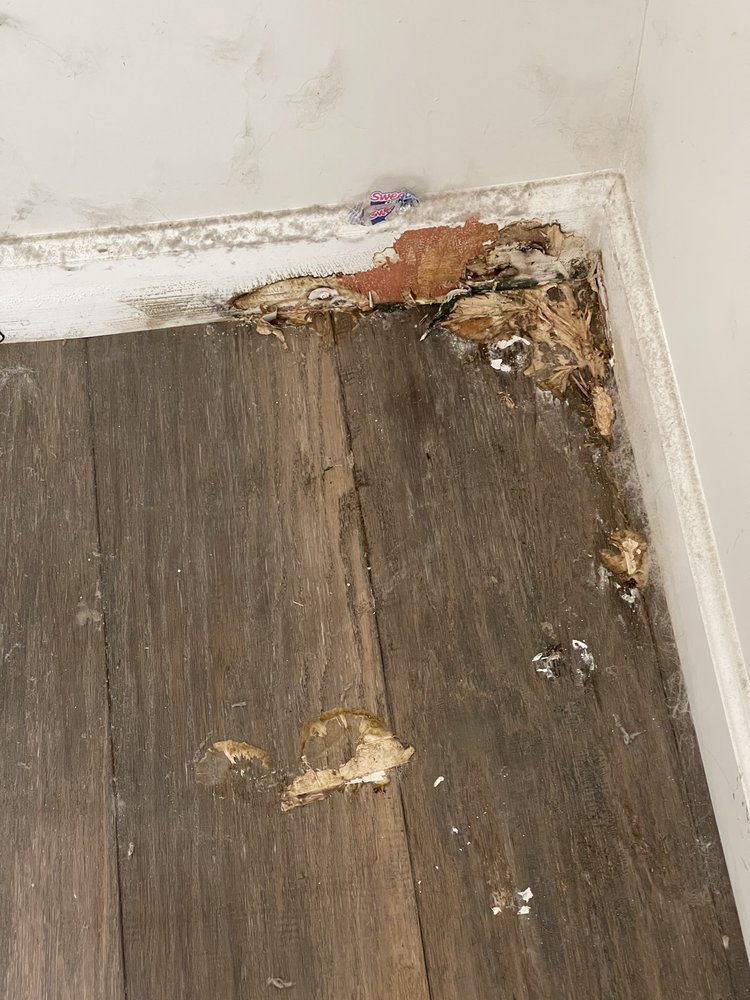Mold is a common problem in many homes, and understanding how it spreads is crucial for effective prevention and remediation. In this post, we will explore the different types of mold, the conditions that promote their growth, the health risks they pose, and what you can do about it. At Advanced Restoration & Construction in Los Angeles, we offer professional mold remediation services to keep your home safe and healthy.
1. Types of Mold and How They Spread:
a. Stachybotrys Chartarum (Black Mold):
- How it spreads: Black mold spreads through spores that travel in the air. It thrives in damp, humid environments and often grows on materials with a high cellulose content, such as wood, drywall, and paper.
- Conditions: Requires constant moisture from water damage, leaks, or high humidity.
- Health Risks: Prolonged exposure can lead to respiratory issues, skin irritation, and in severe cases, neurological problems.
b. Aspergillus:
- How it spreads: Aspergillus spores are airborne and can spread quickly throughout your home, especially in dusty or damp areas.
- Conditions: Grows on various surfaces, including walls, insulation, and ceilings, especially in warm, damp climates.
- Health Risks: Can cause allergic reactions, lung infections, and respiratory problems.
c. Cladosporium:
- How it spreads: Cladosporium spreads through airborne spores and can grow on both damp and dry surfaces, such as wood, carpets, and fabrics.
- Conditions: Thrives in cool, moist environments but can also grow in warm areas.
- Health Risks: Can cause skin and respiratory infections, particularly in people with asthma or allergies.
d. Penicillium:
- How it spreads: Penicillium spores are easily airborne and can quickly contaminate indoor air quality.
- Conditions: Grows on water-damaged materials, including wallpaper, carpets, and insulation.
- Health Risks: Exposure can lead to allergic reactions, chronic sinusitis, and respiratory issues.
2. Environmental Conditions That Facilitate Mold Growth:
Mold needs specific conditions to grow, and understanding these can help you prevent its spread:
- Moisture: Mold thrives in damp environments. Leaks, floods, and high humidity levels provide the moisture mold needs to grow.
- Temperature: Most molds prefer warm environments, typically between 60-80°F (15-27°C).
- Organic Material: Mold feeds on organic materials like wood, paper, and fabrics. Homes with these materials are more susceptible to mold infestations.
- Lack of Ventilation: Poorly ventilated areas trap moisture, creating the perfect breeding ground for mold.
3. Health Risks Associated with Mold Exposure:
Exposure to mold can have serious health implications, especially for vulnerable individuals:
- Respiratory Problems: Chronic coughing, wheezing, and difficulty breathing are common symptoms.
- Allergic Reactions: Skin rashes, itchy eyes, and throat irritation can occur.
- Infections: People with weakened immune systems are at higher risk of mold-related infections.
- Neurological Issues: In severe cases, exposure to certain types of mold can cause headaches, fatigue, and cognitive difficulties.
4. What to Do If You Find Mold in Your Home:
Taking immediate action can prevent mold from spreading and mitigate health risks:
- Identify the Source: Find and fix the source of moisture causing the mold growth.
- Contain the Area: Isolate the affected area to prevent spores from spreading.
- Clean the Mold: Use mold-specific cleaning solutions to remove mold from hard surfaces. Soft materials may need to be discarded.
- Dry the Area: Ensure the area is thoroughly dried to prevent future mold growth.
- Monitor for Recurrence: Regularly check for signs of mold and address any moisture issues promptly.
5. Professional Mold Remediation Services by Advanced Restoration & Construction:
Hiring professionals ensures comprehensive and effective mold removal:
- Inspection: Our experts conduct a thorough inspection to identify the extent of the mold problem.
- Containment: We use advanced techniques to contain mold and prevent it from spreading.
- Removal: Our team uses specialized equipment and methods to safely remove mold from your home.
- Cleaning and Sanitization: We clean and sanitize affected areas to eliminate spores and prevent recurrence.
- Restoration: We repair or replace damaged structures, restoring your home to its original condition.
Conclusion:
Mold can pose serious risks to your health and home if not addressed promptly and properly. Understanding how mold spreads and taking proactive steps to prevent and remediate it is essential. Trust the experts at Advanced Restoration & Construction in Los Angeles to handle all your mold removal needs.

